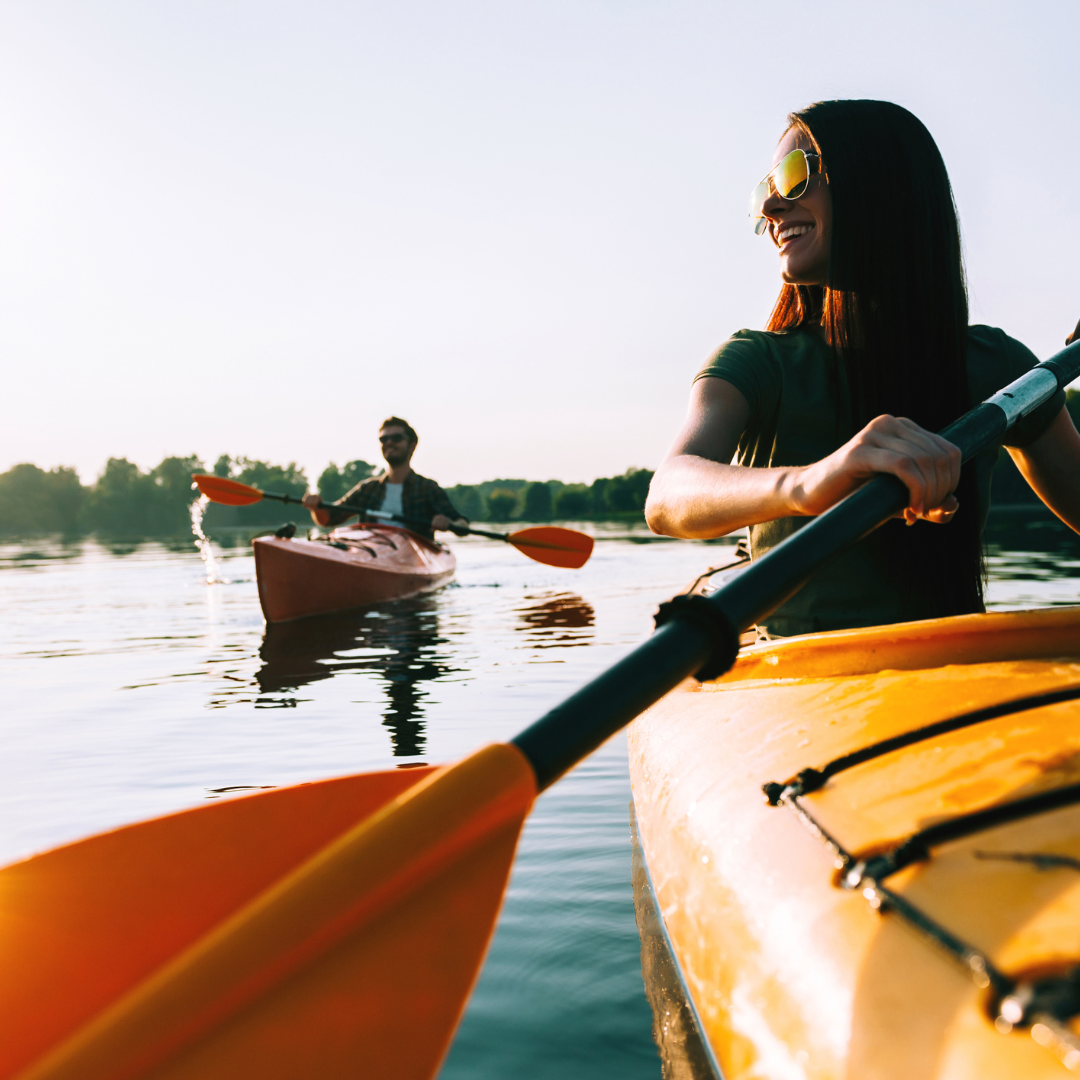Ancient Traditions on the Water: The Role of Canoes in Mayan Civilization

Nestled amid the lush jungles of Central America, the ancient Mayan civilization has long captivated the world with its intricate temples, astronomical prowess, and cryptic hieroglyphs. However, often overshadowed by these monumental achievements is a vital component of Mayan life—the canoe. Serving both practical and spiritual purposes, the canoe was more than just a vessel; it was a testament to the Mayan’s profound relationship with water and their surrounding environment.
Canoes in Mayan Mythology: Tales from the Popol Vuh
The “Popol Vuh” stands as an invaluable testament to the spiritual and cosmological beliefs of the Maya. Within its verses, the significance of the canoe emerges, mirroring the civilization’s reverence for water and its means of navigation. In its tales, like the escapades of the Hero Twins—Hunahpú and Xbalanqué—navigating turbulent waters symbolized the challenges and transitions faced by mortals and deities alike. The canoe, in these narratives, transcended its material form to represent spiritual journeys, the soul’s voyage through the trials of life, and the ultimate confrontation with the unknown. The intertwining of canoes with such foundational myths underscored their intrinsic role in Mayan worldview, making them not just vessels of transport but sacred symbols of movement and transformation.
Crafting the Canoe: Traditional Materials and Techniques
Constructing a canoe was an art in Mayan society, blending technical prowess with profound spiritual significance. Typically carved from the trunk of the sacred Ceiba tree, these canoes were a manifestation of the World Tree in Mayan cosmology, bridging the terrestrial with the divine. Skilled craftsmen, using a combination of controlled fires and stone tools, would hollow out these logs. The process was methodical and respectful, ensuring that the tree’s spirit was honored. Once carved, the canoe’s exterior often became a canvas for intricate designs—geometric patterns, depictions of gods, or representations of nature, painted using natural dyes derived from plants and minerals. The crafting of a canoe was more than mere construction; it was a ceremonial act of creation.
Trade Routes: Canoes as the Lifelines of Commerce
In the sprawling landscapes of the Mayan territories, where dense jungles met labyrinthine waterways, canoes emerged as the arteries of commerce. They transported cacao from the lowlands, jade from the highlands, and intricate feathered artifacts between cities. These waterborne trade routes connected distant regions, facilitating not only the movement of goods but also the dissemination of ideas, technologies, and beliefs. Cities strategically located near rivers became bustling trade hubs, and their prosperity often hinged on their nautical prowess. Canoes, thus, were not merely transportation tools; they were pivotal to the socio-economic fabric of the Mayan civilization.
Ceremonial Uses: Rituals and Water-Bound Celebrations
Beyond their functional role, canoes held deep ceremonial and spiritual significance. They were integral to rituals associated with life, death, and the divine. Rainmaking ceremonies, for instance, often involved priests and offerings being transported on canoes to the center of lakes, symbolizing the direct communion with the water gods. Similarly, funerary rites sometimes included sending off the deceased on intricately adorned canoes, symbolizing their journey to the afterlife. These water-bound ceremonies were manifestations of the Mayans’ profound understanding of the cyclical nature of life and their interconnectedness with the natural world.
Canoes in Art: Depictions in Frescoes and Carvings
The Mayans, renowned for their artistic prowess, immortalized their reverence for canoes in myriad art forms. Temple walls showcased intricate frescoes where canoes, laden with offerings or traders, navigated celestial waters. Stelae, those towering stone monuments, often bore carvings of deities embarked on sacred canoe journeys, hinting at mythological tales or celestial events. Even pottery, used in everyday life, was adorned with motifs of canoes and their occupants, be they mortals, animals, or gods. Through these artistic representations, the canoe’s multifaceted significance in Mayan culture was celebrated and passed down through generations.
Modern Revivals: Keeping the Canoe Tradition Alive
Though the grandeur of the ancient Mayan cities has faded, their legacy lives on, especially in the enduring tradition of canoeing. Modern descendants, particularly in regions like Belize and parts of Guatemala, continue to craft and use canoes, melding ancient techniques with contemporary needs. Annual canoe races, festivals, and cultural events often place the canoe center stage, celebrating it not merely as a relic of the past but as a living testament to Mayan heritage. Through these modern revivals, the age-old canoeing tradition continues to ripple through time.
Experiencing a Canoe Journey: Tours and Cultural Immersions
For the modern traveler, the canoe offers a unique window into the world of the ancient Maya. Various tours, curated by local communities, offer immersive experiences where one can paddle down historic waterways, tracing the routes once taken by Mayan traders or priests. These journeys are often interspersed with visits to archaeological sites, interactions with contemporary Mayan communities, and insights into the craft of canoe-making. Such experiences are not just about retracing historical paths; they’re about connecting with a cultural legacy that flows, like the water, unceasingly through the annals of time.
As the sun sets over a meandering river in the heart of Mayan territory, the silhouette of a lone canoe serves as a poignant reminder. It reminds us of a civilization’s symbiotic relationship with nature, of tales passed down through millennia, and of traditions that, like the ever-flowing water, refuse to stand still. The canoe, in its humble elegance, encapsulates the essence of the Mayans—a people deeply rooted in their environment, always navigating the currents of time with grace, resilience, and reverence.


